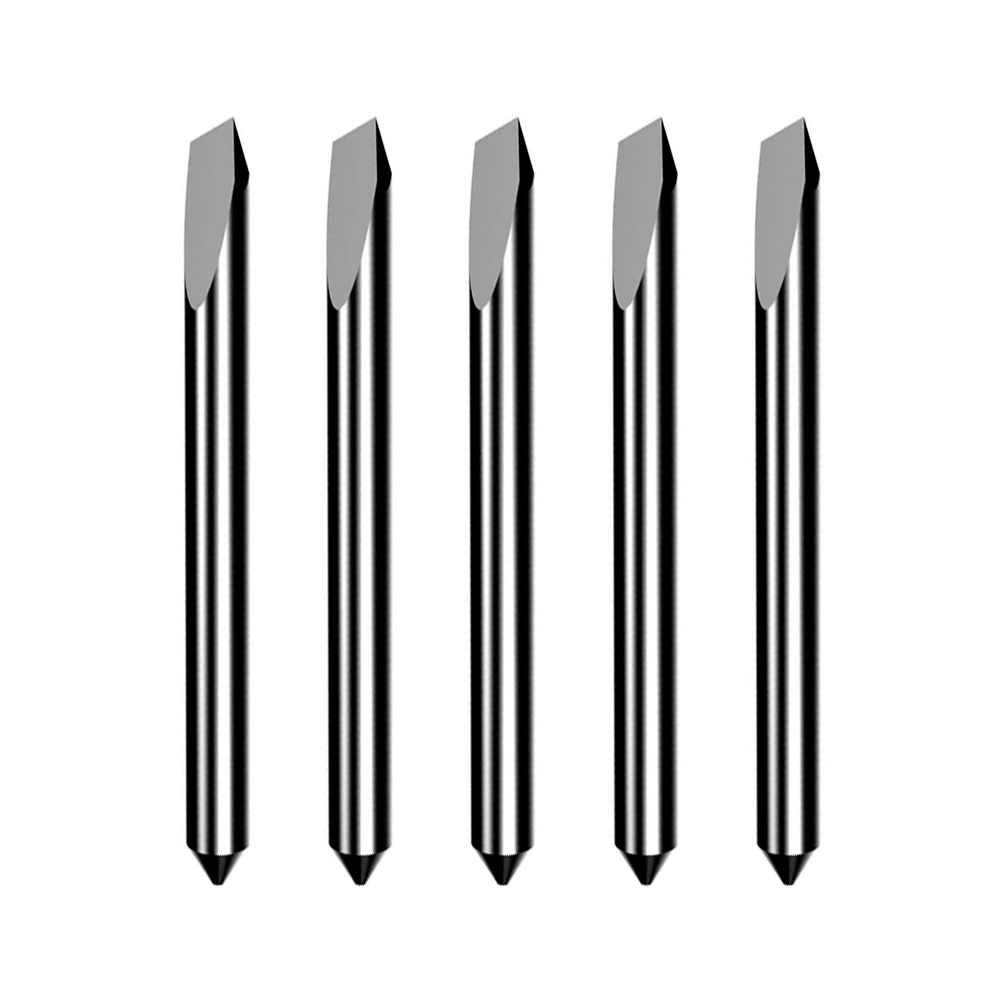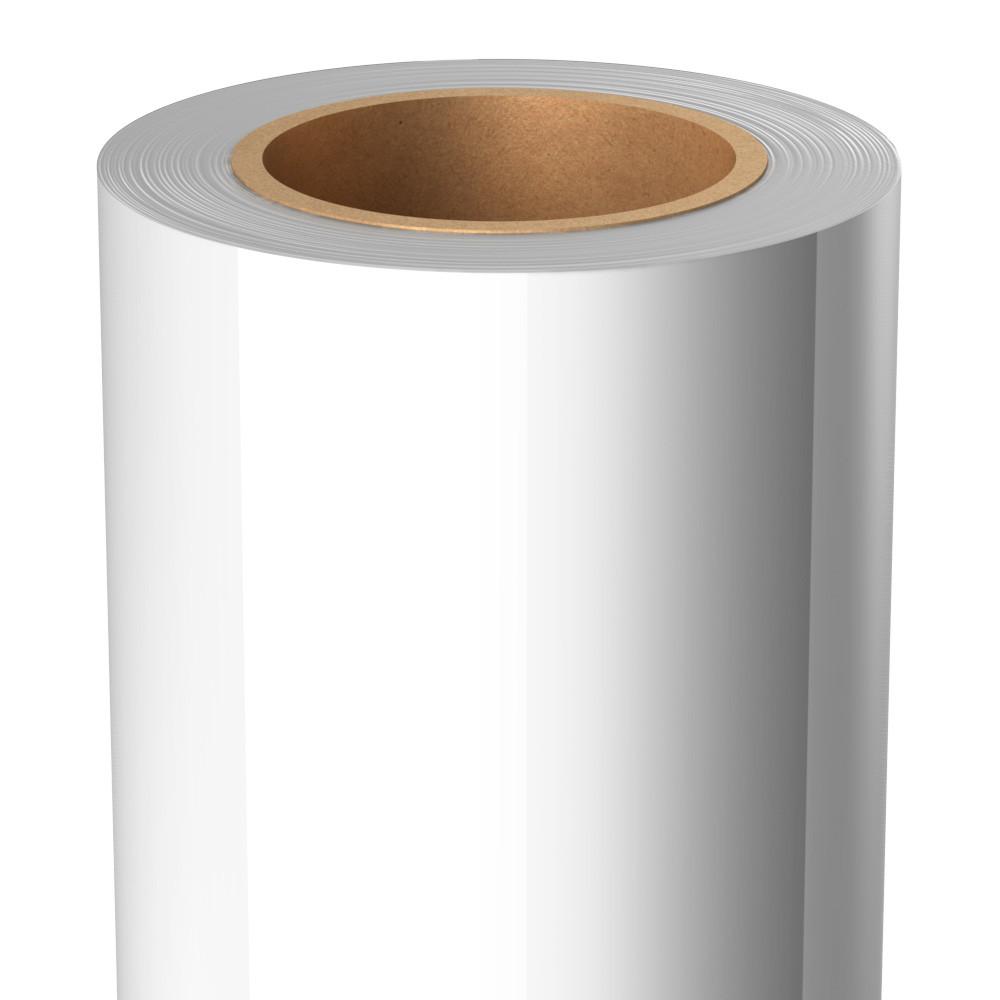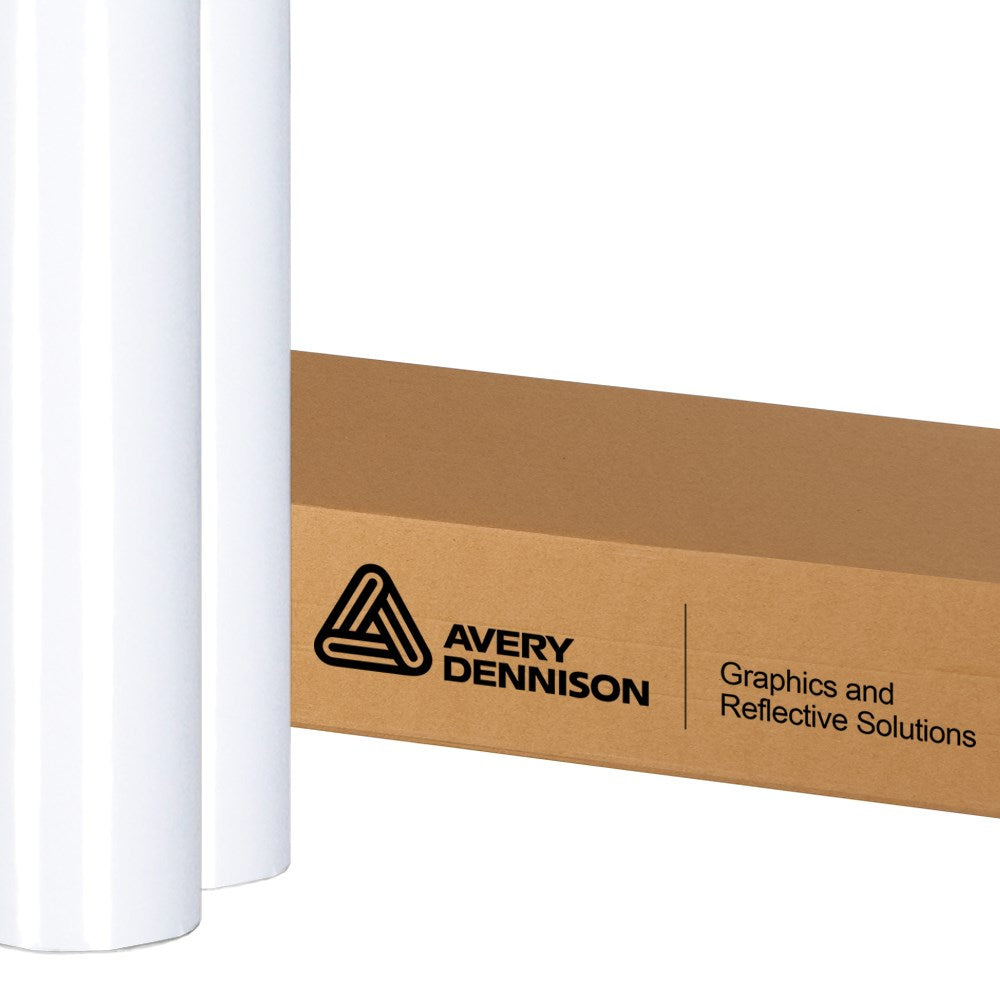Investing in a high-grade multifunction printer for your business can take your finished products to the next level, but only if you have the premium quality large format printer ink to accompany it. Using the incorrect type or lower-quality ink can result in low-quality products and jeopardize the longevity of your printer. When you don’t provide the optimal printout materials, you risk losing clientele and can eventually wind up footing the expensive bill for printer repairs or replacements.

The good news is that there are multiple types of industrial inks that are compatible with the majority of printers. While there are various types to choose from, all inks can be boiled down to two categories: laser printer ink and inkjet printer ink. When shopping for printer ink, you need to determine which type of printer you have (or want) and buy the corresponding ink for it.
In this article, we’ll uncover the differences between laser printer ink and inkjet printer ink, as well as the benefits of using each. If you haven’t invested in printing equipment yet, this is the perfect guide to get you started.
Laser Printer Ink
Laser printers use toner to imprint graphics and text onto materials, making them the optimal choice for high-volume printing. We recommend laser printers (and subsequently, laser printer ink) for commercial use and office settings, as they can support quick turnaround time prints and larger orders.
What Is Toner?
Toner is a powder mixture that is primarily made of granulated plastic. Most toners produced today are made of plant-derived plastic, making it an environmentally-friendly choice your business can be proud of. However, some toners are still made from petroleum plastic, so if you would prefer a greener option, check the type of plastic the toner is derived from and avoid petroleum toners.
How Does Laser Printing Work?
One of the key reasons we recommend laser printers and ink for businesses is because the ink ‘dries’ faster than inkjet printers, allowing you to quickly produce high-volume prints. First, the laser printer beams an image onto a drum. Next, the printer transfers the toner onto the paper using a printer ribbon. The heating process begins and causes the toner to adhere to the paper. That’s it! You can achieve fast, precise prints with high-quality images easily with laser printing.
Another bonus is that this investment is more cost-effective to maintain. While the upfront cost of the printer and toner cartridges can have you reevaluating your budget, over time, it will save you money. This is because laser printers have a lower cost per page and print at faster speeds, allowing you to fulfill orders quickly and free up time to take on more projects or new clients.
Inkjet Printer Ink
Inkjet printers are ideal household printers because they are cheaper and smaller. They can be used to print both text documents and high-quality images (both in color and black-and-white). We recommend this type of printer for occasional printing, like printing a few family photos to frame around the house or text documents here and there.
If you print primarily professional, high-resolution photos, we recommend investing in a photo inkjet printer. These printers are specially engineered to produce vivid, detailed photographs, executing the tonal variety and deeper, contrasting blacks that creatives and photographers need. The majority of professional photo inkjet printers use pigment-based ink, allowing photographs to be more fade-resistant and print onto a variety of art paper types and sizes.
How Does an Inkjet Printer Work?
Inkjet printers spray liquid ink through microscopic nozzles onto a paper. It lays tiny ink droplets onto the paper until it reproduces the intended image. This is great for recreating exact details of an image; however, these cartridges can dry out over time and become useless if not frequently used.
These generally need to be replaced more often even when frequently used, increasing the maintenance costs. Inkjet printers run out of ink more quickly than laser printers for the same volume and types of projects, resulting in a higher cost for replacement (frequency of replacement, shipping and packaging costs, transport costs, etc.).

In Conclusion
There are two main types of printer inks: inkjet and laser. Laser printers and printer ink are more expensive upfront, but can support the business demands for your company and are more cost-efficient in the long run. Inkjet printers are ideal for smaller, one-off projects, photography, and home projects because they are smaller and have a lower upfront cost. However, their ink cartridges need to be replaced more often and can dry out, unlike laser printers.



